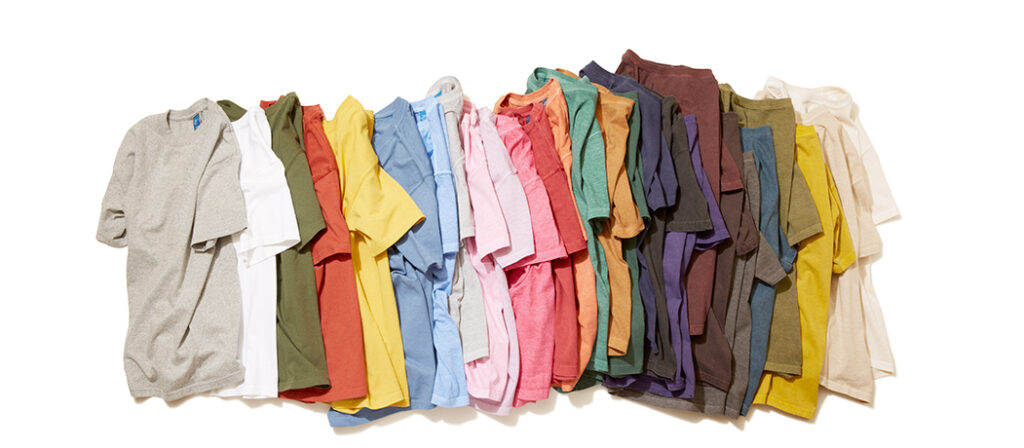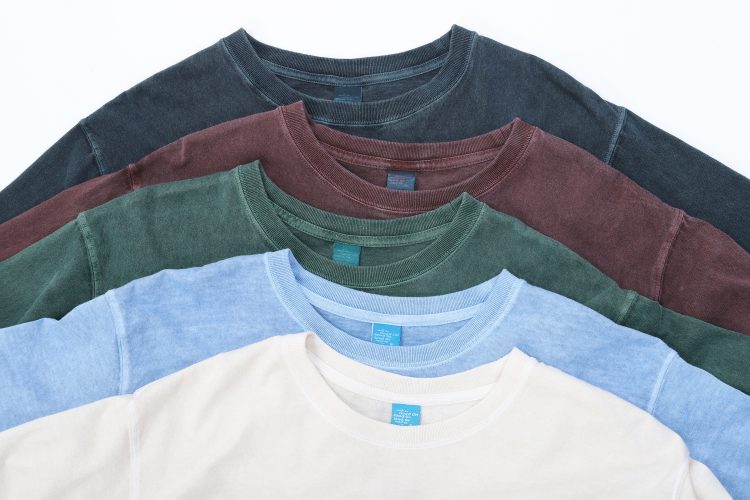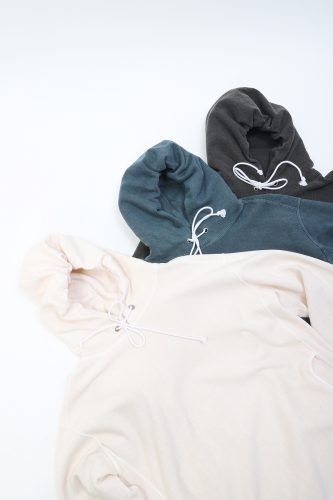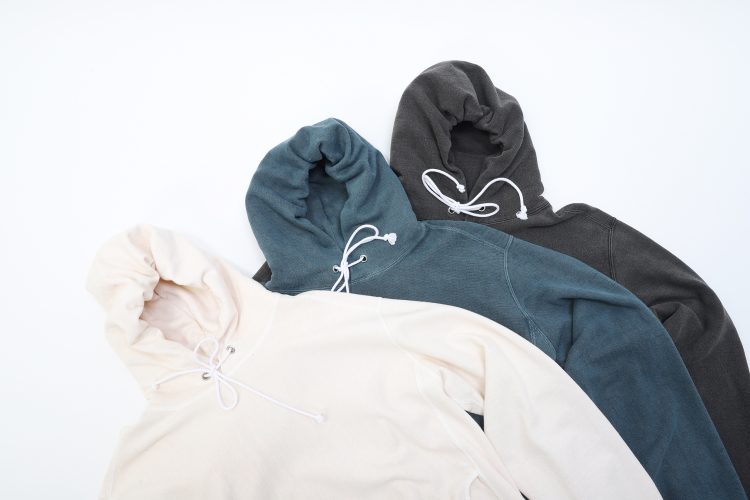Japanese Label + American Cotton = Good On
“What is the ultimate everyday garment?”, the Japanese label Good On tried to answer this expectation by proposing quality pieces, plain, resistant to time thanks to a patina unique to each, making a simple t-shirt, yours.

The brand was inspired by the old American pieces that can still be found today in perfect condition in second hand. The concept of Good On is based on the creation of simple, comfortable, durable and trendy products, the raw material is at the heart of the manufacturing process. It is in the United States that Good On has found a quality cotton, meeting its expectations to offer a sustainable product. It is thus between America and Japan that the making of these classics of the men’s and women’s dressing room is carried out.
AMERICAN COTTON, A GUARANTEE OF QUALITY AND ADVANTAGES?

The United States is the world’s largest exporter of cotton. Half of the cotton imported into Japan comes from the United States. Forty varieties of cotton are produced in what is known as the “cotton belt,” which includes 17 states from the East to the West Coast. Even though cotton is a very climate-sensitive agricultural product, after many years of selection and technological development, the United States consistently provides the world with a stable supply of high-quality cotton.The fiber ends of cotton fabric have a rounded spiral structure and a ridge-like shape on the surface, so that cotton fabric has a soft and flexible feel. In addition, the center of the cotton fiber has a cavity like that of a macaroni. In summer, cotton fiber is breathable and comfortable. In cold climates, it has an excellent insulating efficiency. Raising the fiber or turning it into a pile and containing a lot of air increases the heat retention effect. In addition, because it is a natural material, static electricity is almost free and durable against the heat of ironing.



WHAT ARE THE DIFFERENT TYPES OF DYES AT "GOOD ON"?
Reactive dyeing allows the fine grain of the dye to soak into the fabric and produce vivid colors. It allows the fabric to retain its own texture, even after the dyeing process, and is washable since the process reacts directly with the positive ingredient in the fabric called cellulose. It is currently considered the strongest of the cotton dyeing methods.
Pigment dyeing, where large particles of pigment are attached to the fabric with an adhesive agent called a binder. This process gives a white “scratch” feeling to the fabric by friction. The color of the surface gradually fades with each wash, to become a patina like jeans. This is GOOD ON’s most popular dye, whose change through the ages makes the house dough.
Yarn dyeing is the most common method of dyeing yarn and weaving it into fabric. It provides excellent color fixation and long-lasting color, preventing color loss or fading.
Pigment dyeing, where large particles of pigment are attached to the fabric through an adhesive agent called a binder. This process gives a white “scratch” feeling to the fabric by friction. The color of the surface gradually fades with each wash, to become a patina like jeans. This is GOOD ON’s most popular dye, whose change through the ages makes the house paste.
How strong are the seams?
Good On products must be very strong to withstand the process of dyeing, washing and heat drying before being worn. In the dye house, between the washing machine and the dryer, products are pulled, twisted and rubbed against each other, putting considerable pressure on the sewn pieces. A strong, high quality seam is therefore essential, such as sewing a reinforcing strip on the back of the neck, a rolled seam of overlapping fabrics and a flat 4-needle seam.
How important is the pattern?
The pattern is the most time-consuming part of the Good On production process. The parts of the garments are like blueprints. Since cotton is a natural material, it shrinks horizontally and vertically when dyed, making it completely different from the original pattern. Several patterns are prepared depending on the fabric, because the shrinkage rate of cotton is totally different depending on the growth of the harvested cotton. For example, we have 5-6 patterns per size for T-shirts and we change them 2-3 times per season. For your information, Good On pieces do not shrink in the wash after purchase. This is due to the fact that the fabric is made in its most shrunken state: dyeing, washing and drying at high temperatures. The best sizing is achieved through repeated prototyping and careful calculation of shrinkage rate.
How do I wash a "Good On" product?
Fading or color transfer may occur depending on the washing method, washing machine and type of detergent, due to Good On’s special dyeing method. In particular, pigment dyed products are delicate products that fade easily. Basically, we recommend hand washing in cold water with a liquid detergent. If you are using a washing machine, use a washing net, garment detergent and select hand wash mode and let it dry naturally in the shade.
Does the size differ depending on the product?
Good On has standardized the basic sizing of its products. They have adjusted the size to be more appropriate for the characteristics of the product such as the thickness or elasticity of the fabric, whether it is an inner or outer garment. Since natural cotton is used in “Good On” products and the dye is applied after the sewing process, each product has a slight variation in color and size.
In short, Good On is label cotton from the United States and assembled by Japanese know-how. It is with pleasure that we propose you to see our selection of Good On products on the Graduate Webstore.




